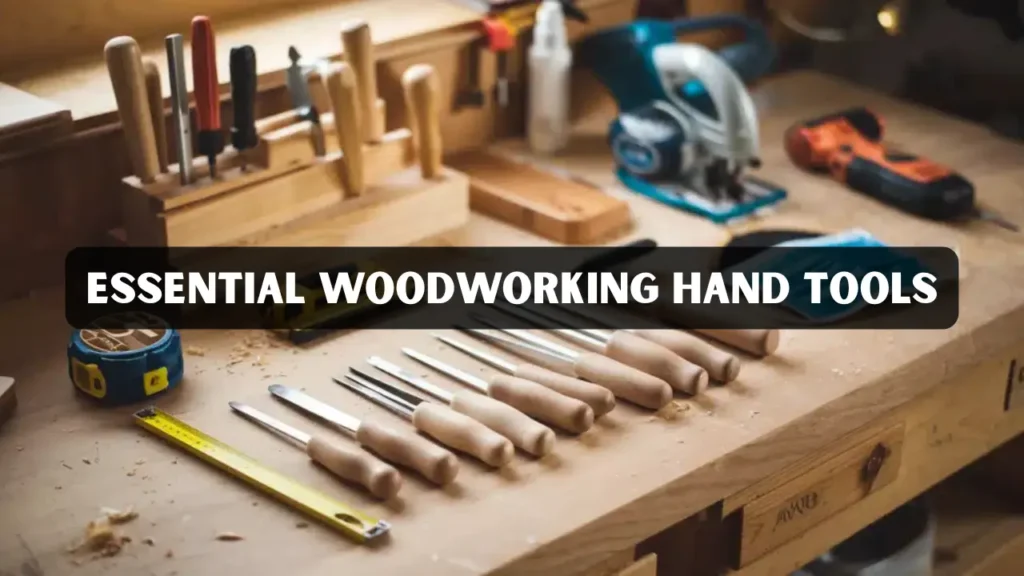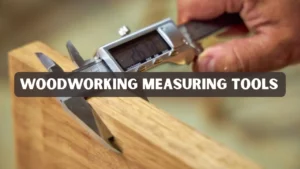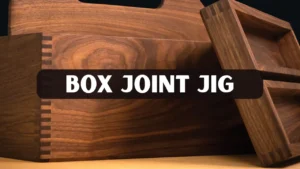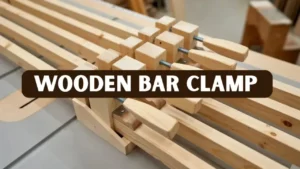Key Takeaways
- Learn about essential woodworking hand tools every woodworker needs.
- Understand the uses, selection tips, and maintenance practices for each tool.
- Improve precision, efficiency, and safety in your woodworking projects.
- Gain insights from expert recommendations to build a high-quality toolkit.
Essential Hand Tools Every Woodworker Should Know
Woodworking is a craft that combines creativity, precision, and skill. Whether you are a beginner or an experienced woodworker, having the right set of essential woodworking hand tools is crucial. These tools allow you to measure accurately, cut precisely, shape wood effectively, and assemble projects safely.
In this guide, we will explore over 22 essential hand tools, explain their applications, provide expert tips for choosing quality tools, and show how to maintain them for a long-lasting, reliable woodworking experience. By the end of this article, you will have a complete roadmap to build a high-performing toolkit that meets both professional and hobbyist needs.
Importance of Hand Tools in Modern Woodworking
Even in the era of power tools, hand tools remain vital for several reasons:
- Precision: Hand tools provide fine control over cuts, shapes, and joinery.
- Tactile Feedback: You can feel the wood’s resistance and adjust technique for better results.
- Cost-Effective: High-quality hand tools can last decades with proper care.
- Quiet and Safer: Ideal for home workshops or projects in confined spaces.
- Portability: Hand tools are easy to transport and require no electricity.
Hand tools complement power tools, especially for fine woodworking, intricate joinery, and finishing work. For beginners, hand tools are the perfect way to learn the basics of measurement, cutting, and assembly before moving on to power tools.
25 Essential Woodworking Hand Tools
Below is a detailed breakdown of the essential woodworking hand tools, their uses, selection tips, and maintenance advice.
1. Workbench
A sturdy workbench is the foundation of any woodworking workshop.A sturdy workbench is essential for any woodworking workshop, offering a stable surface for cutting, chiseling, and assembly. Choose a solid construction with integrated vises or clamps, and regularly check for level and stability.
2. Clamps
Clamps hold wood securely during gluing, cutting, or assembly, using bar clamps for large boards, C-clamps for precision, and spring clamps for light tasks. Regularly clean and lubricate moving parts to maintain smooth operation.
3. Tape Measure
Essential for accurate measurements, used for cuts, joinery, and layout. Choose a durable tape measure with clear markings and a reliable lock, and store it dry after use.
4. Combination Square
Used for measuring angles, depths, and marking lines, checking 90° and 45° angles, measuring short distances, and marking cut lines. Regularly clean the blade and ensure the head stays square for accurate results.
5. Marking Gauge
Helps mark parallel lines for accurate joinery, ideal for mortises, tenons, and repeatable cuts. Keep the cutter sharp and the beam clean to ensure precision and reliability.
6. Marking Knife
Provides precise marking lines for cutting, ensuring cleaner edges than pencils, especially for joinery. Hone the blade regularly and store it safely to maintain sharpness and performance.
7. Hand Saws
Hand saws cut wood to size and shape, with crosscut saws for cutting across the grain, rip saws for along the grain, and backsaws for detailed joinery. Keep teeth sharp and clean, and store properly to prevent warping.
8. Coping Saw
Used for intricate curves and detailed cuts, with an adjustable frame for proper tension control. Replace blades when dull and ensure tension is correct to maintain accuracy and efficiency.
9. Chisels
Vital for shaping, carving, and joinery, using bevel-edge chisels for general work, mortise chisels for heavy cuts, and paring chisels for fine detail. Regularly sharpen and protect the edges to maintain precision and performance.
10. Block Plane
Used for trimming edges and small surfaces, ideal for chamfering, smoothing, and fitting joints. Keep the sole flat and the blade sharp to ensure precise and effective results.
11. Jack Plane
Multi-purpose plane for flattening and preparing boards, removing material quickly while keeping surfaces smooth. Clean and oil moving parts regularly and sharpen the blade consistently for optimal performance.
12. Smoothing Plane
Used for final finishing of wood surfaces, producing polished and even results ready for finishing. Regularly hone the blade and check the mouth opening to maintain precision.
13. Hammers
Used to drive nails and assemble parts, with claw hammers for general tasks and ball peen hammers for shaping metal. Regularly inspect handles for cracks and ensure the head is secure to maintain safety and performance.
14. Mallets
Strike chisels or delicate parts without causing damage, using wooden mallets for durability and rubber mallets for softer strikes. Regularly inspect the faces for wear to maintain effectiveness.
15. Screwdrivers
Essential for driving screws, using flathead for slotted screws and Phillips for cross-head screws. Keep the tips sharp and undamaged to ensure efficient and safe use.
16. Files and Rasps
Shape and smooth wood surfaces using files with fine teeth for finishing and rasps with coarse teeth for rapid material removal. Clean them regularly to remove wood debris and maintain effectiveness.
17. Coping Knife
Useful for detailed cuts and trimming veneer accurately. Keep the blade sharp and protected from rust to maintain performance and longevity.
18. Spokeshave
Shapes curved surfaces for rounded edges and furniture legs, using flat tools for general shaping and concave tools for hollow curves. Keep blades sharp and handles tight to ensure precision and safe use.
19. Bench Dogs and Holdfasts
Secure workpieces to the bench with bench dogs that fit into holes and holdfasts that apply pressure for planing or chiseling. Regularly check for a snug fit and smooth operation to maintain effectiveness.
20. Squares and Angles
Check and mark right angles using a try square for basic verification and a sliding T-bevel for adjustable angles. Keep the blades clean and regularly check accuracy to ensure precise measurements.
21. Awl
Marks and creates starter holes for screws or nails accurately. Keep the point sharp and rust-free to ensure precision and durability. Regular maintenance helps maintain consistent performance over time.
22. Sharpening Tools
Maintain the cutting edges of all blades using whetstones for general sharpening and honing guides for consistent angles. Flatten the stones regularly and store them dry to ensure long-lasting effectiveness.
23. Adjustable Wrench
Tightens bolts and hardware efficiently. Keep the jaws clean and lubricated, and check for wear to ensure long-lasting performance. Proper storage prevents damage and maintains smooth operation.
24. Center Punch
Marks drill points accurately for precise drilling. Regularly keep the tip sharp and rust-free to maintain effectiveness. Proper care ensures consistent results and extends the tool’s lifespan.
25. Spirit Level
Ensures horizontal and vertical alignment for assemblies. Regularly check the vial for accuracy and store the level safely to maintain its precision.
Choosing Quality Woodworking Hand Tools
Selecting high-quality tools is crucial for performance and safety.
- Material Quality: High-carbon steel or forged blades last longer.
- Ergonomics: Comfortable handles reduce fatigue during prolonged use.
- Reputation: Trusted brands often offer warranties and long-term support.
- Reviews and Ratings: Look for verified customer feedback with high ratings.
- Expert Tip: Invest in a few quality tools rather than many low-quality ones to save money and time.
Case Studies
- John, a professional woodworker, completed a custom dining table using essential woodworking hand tools for precise joinery and smooth finishes. He relied on chisels, planes, and marking tools to enhance accuracy, reduce errors, and achieve superior craftsmanship. The project highlighted why hand tools remain vital even alongside power tools.
- Sarah, a hobbyist woodworker, built a handcrafted bookshelf using hand saws, spokeshaves, and clamps, focusing on proper tool use and maintenance. Her careful approach allowed precise cuts, sturdy joints, and a polished finish. The project improved her skills and demonstrated the importance of investing in quality hand tools.
Tool Maintenance and Safety Tips
Proper care prolongs tool life and prevents accidents.
- Store tools in dry, ventilated areas to prevent rust.
- Clean after each use and remove debris from moving parts.
- Sharpen blades regularly to ensure precise and safe cuts.
- Wear safety gear: goggles, gloves, and dust masks.
- Inspect tools periodically for damage or wear and replace if necessary.
Conclusion
Mastering essential woodworking hand tools is the cornerstone of any successful woodworking project. By investing in quality tools, learning their uses, and maintaining them properly, you can achieve professional results, improve safety, and enjoy woodworking as both a hobby and a craft. Start building your toolkit today, and your projects will benefit from precision, durability, and expert craftsmanship.
FAQs
What are the most essential hand tools for beginners?
Start with a workbench, tape measure, hand saws, chisels, block plane, hammer, and mallet. These cover basic cutting, shaping, and assembly needs.
How do I maintain hand tools for longevity?
Clean, sharpen, and store them properly. Regular oiling and rust protection are also essential.
Can hand tools replace power tools?
Hand tools are ideal for precision work and detail, complementing power tools in woodworking projects.
Where can I buy high-quality woodworking hand tools?
Purchase from trusted suppliers, local woodworking stores, or online platforms with verified reviews. An authoritative source for woodworking information is Woodworking on Wikipedia.
How many hand tools do I really need?
For a complete beginner, start with 10–12 essential tools. Over time, add specialty tools to expand your capabilities.




